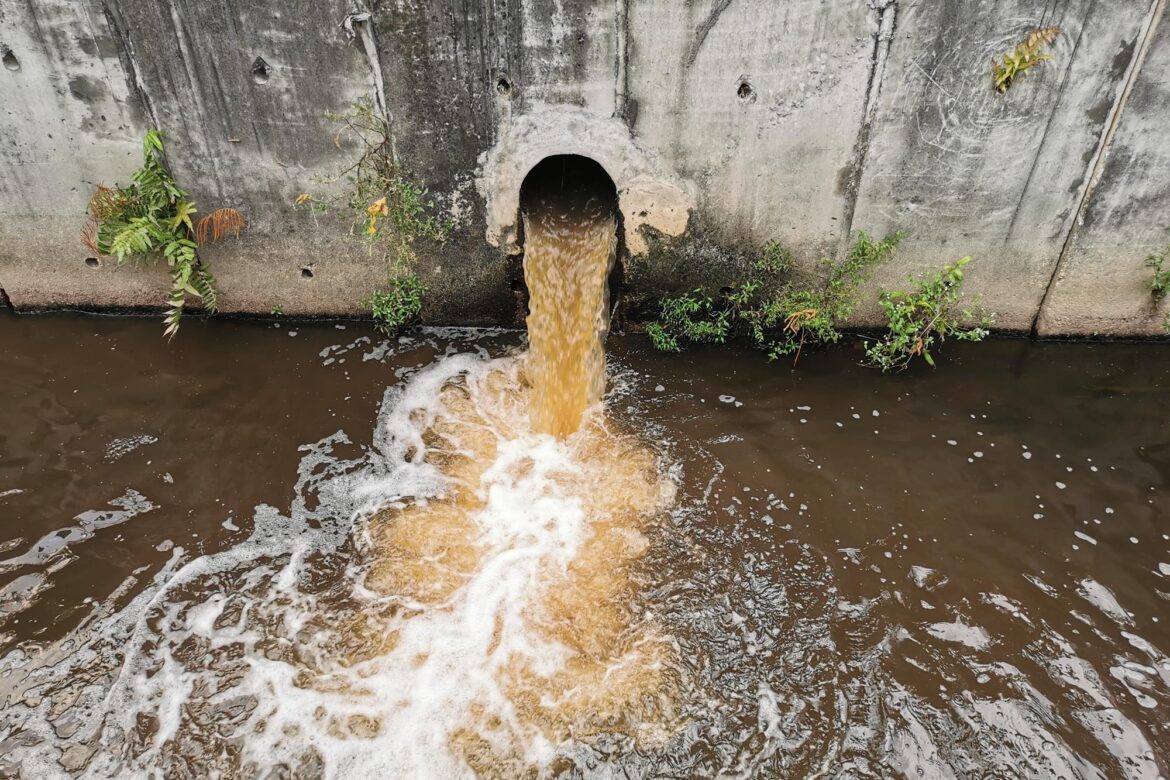Hospitals use a significant amount of water and generate an enormous quantity of hazardous and contaminated waste that could pollute the environment. Hence, hospital sewage treatment plants are a must to treat the wastewater and reduce the hospital’s environmental impact. Hospital sewage treatment plants adhere to a specific workflow that helps treat the sewage effectively. Let’s see what it is.
Sources of Hospital Sewage Treatment Plant
Hospital sewage is generated from various sources within the hospital premises. It includes emergency rooms, ICUs, canteens, laboratories, etc.
Sewage generated from most of these sources contains hazardous waste. If hospital sewage is not treated appropriately, the water could be released into the environment and affect it significantly.
The characteristics of hospital waste include the following.
- Microbial pathogens
- Hazardous chemicals
- Heavy metals
- Pharmaceuticals and their metabolites
- Drug residues
- Radioactive isotopes
- Harmful bacteria and virus
Accordingly, Pollution Control Board has made it imperative for every hospital to operate and maintain a hospital sewage treatment plant.
Let’s now look at the process of a hospital sewage treatment plant.
Wastewater Treatment in Hospitals – Hospital Sewage Treatment Plant Process
STP manufacturers and operations and maintenance teams set a compliant sewage treatment process that helps treat the wastewater appropriately. Here’s the process the STPs follow.
- Pre-Treatment Process
In this stage, items like sticks, large debris, inorganic solids, rags, etc., are removed to help protect the plan.
- Primary Treatment
This stage involves the physical separation of solids and greases from wastewater. Water flows into the primary filter or clarifiers for some hours to let solid particles settle. Lighter particles will float and skim off from the tank. The settled solid is called primary sludge. It contains around 60-70 percent of solids. A part of the treated wastewater is sent for further treatment.
- Secondary Treatment
The process removed dissolved inorganic material present in soluble and colloidal form from the wastewater. The treatment involves the use of bacteria to convert the colloidal and dissolved organic matter.
The partially treated wastewater flows from the primary tank to the aeration tank. Further, the air is supplied through the air blower to provide oxygen for microbes.
When wastewater flows into the secondary clarifier, where solids settle, termed secondary sludge, part of it is recycled to enable the activated sludge process.
The remaining is mixed with primary sludge, sent to the sludge digestion tank, and then disposed of. The secondary treatment removes about 90 percent of inorganic solids.
- Tertiary Treatment
This forms the last treatment in most STPs. It involves removing the suspended solids and organic matter, which couldn’t be removed during the previous stage.
Further, the step includes removing pathogenic microorganisms through a process called disinfection. The disinfection process uses various disinfection agents based on the wastewater condition. These agents include UV light, ozone, chlorine, etc. The disinfected water can now be used for reuse or disposal.
Hospital Sewage Treatment Plant Manufacturers and Operation Maintenance with CHFour
CHFour is one of the leading hospital sewage treatment plant manufacturers in India. The company is engaged in the designing, manufacturing, operation, and maintenance of sewage treatment plants for hospitals of varying sizes and STP needs and volumes. CHFour continues to serve hospitals across India, helping them reduce environmental impact through hospital STPs.
Want to know more? Click here to connect with CHFour’s team.




